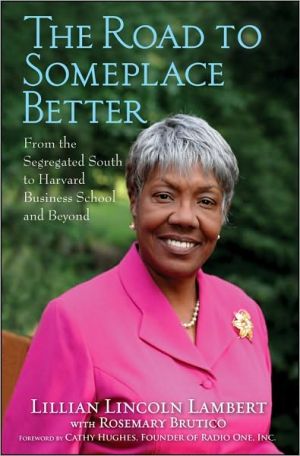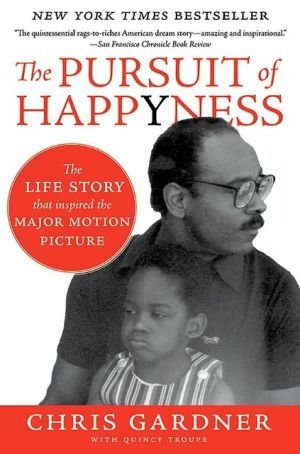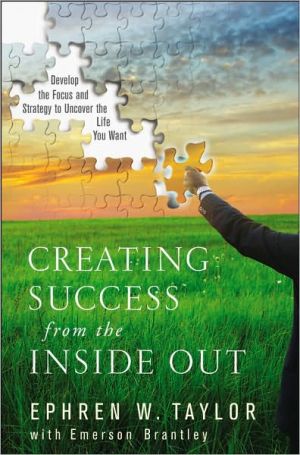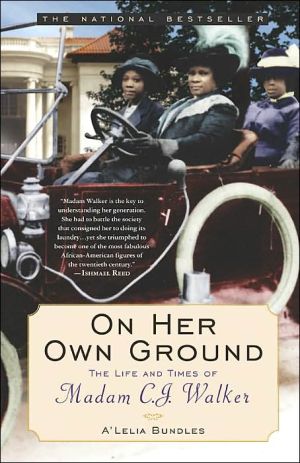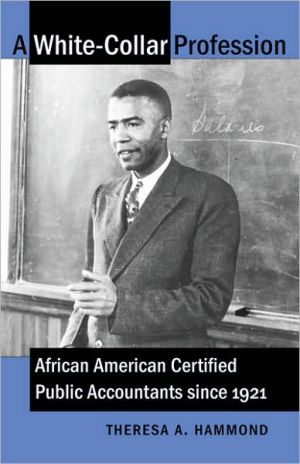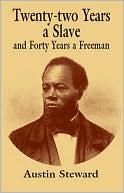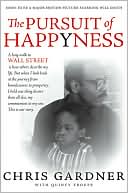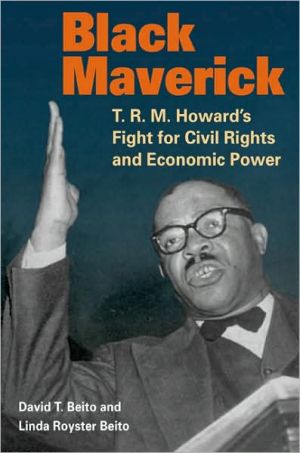The Road to Someplace Better: From the Segregated South to Harvard Business School and Beyond
"This moving memoir captures the journey of a woman who came of age as America struggled to deliver on its vision of racial and gender equality. It is a great American story that shows the struggle and triumph of the generation of educated African Americans who created the reality that with opportunity and preparation all things are possible. This book is must reading for men and women who seek inspiration and the enduring lessons of succeeding against the odds."\ —David A. Thomas, H. Naylor...
Search in google:
Eight-year-old Lillian Hobson, accustomed to doing chores by dawn's light and schoolwork by kerosene lamp, couldn't believe her eyes when electricity finally came to her family's small farm. She ran through every room, switching on lights. What she didn't realize that day was that something was growing inside her—a fierce determination that would propel her to become the first black woman to receive an MBA from Harvard, then found her own multimillion-dollar business. In The Road to Someplace Better, Lillian Lincoln Lambert shares an inspiring personal saga that took her from the farm to dead-end jobs in New York City and Washington, D.C., to the ivory tower and the world of entrepreneurship.Charting her own uncertain course, she married three times, raised two daughters, fought her way through a thorny political and social landscape for blacks and women, did her best to reshape corporate America to fit the needs of real people, testified before Congress on behalf of women business owners, fell in love with—of all things—golf, and built her own pure golden network of family, friends, mentors, and business contacts. How did a young black woman from 1940s America make such a leap, and what is her advice to others? Lambert drew wisdom and ideas from everywhere, starting with her inimitable mother, Arnetha B. Hobson, herself a trailblazer who received a college degree in the 1920s, taught school, and instilled a respect for education and reading in her daughter. She also looked to her father, who, although he had only a third-grade education, supported seven children and proudly bragged that his daughter was attending the "same school that President Kennedy went to." But it was her mentor at Howard University, Professor H. Naylor Fitzhugh, who convinced her that she was Harvard material and deserved to go to its business school.Lambert shows you the chilly world of Harvard in 1967—all the colder if you were in the business school and black and female and, as she discovered one day, unprepared for class. It was colder still the day after Dr. Martin Luther King Jr. was assassinated and his death was not even mentioned in her section at the business school. She also offers you a B-school-worthy look at the nuts and bolts of running her own business, from landing big contracts to hiring the best people to watching the books like a hawk and, finally, choosing to sell.The Road to Someplace Better is infused with Lambert's hard-won wisdom and clear-eyed advice. Rule number one: There is no substitute for education and there are no shortcuts. Discover the rest of this amazing woman's story and secrets inside. It just may change your life.Publishers WeeklyThis is an old-fashioned rags-to-riches story that traces Lambert's upbringing as the daughter of God-fearing Virginia subsistence farmers to becoming the first black woman to graduate from Harvard Business School, in year TK, and later attaining success as a Maryland entrepreneur. Told in straightforward, no-nonsense prose, Lambert's memoir begins backward, from the shocking anecdote about arriving for a meeting of a group of powerful businesswomen in New York City in 1986 and being ushered to the kitchen. In fact, Lambert née Hobson worked as a maid when she first arrived in New York City in 1958, fresh out of high school from Ballsville, Va. (Her 1976 startup of a janitorial service in Maryland provides another irony.) Although her mother, a rare college graduate back in the rural South, wanted her daughter to go to college, Lambert resolved to support herself instead, faking references to get a job at Macy's, for example. After working as a clerk-typist in Washington, D.C., she finally applied to Howard University, where her marketing professor, H. Naylor Fitzhugh, one of the few black graduates of Harvard's business school told her she was “Harvard material” and should apply. She was accepted and in the fall of 1967 at 27 years old, she found herself homesick, overwhelmed by the work, but determined not to quit. Her account captures a historic epoch and offers some business strategies. (Jan.)\\
Foreword by Cathy Hughes. Acknowledgments. Prologue. 1 The Farm. 2 Fifth Avenue on a Wing and a Prayer. 3 In the Company of Angels. 4 Howard University and Lucky 13 5 Harvard Business School: 1967-1968 6 Harvard Business School: 1968-1969. 7 Life beyond Harvard. 8 Life as a Double Minority Entrepreneur. 9 The Birth of a Company. 10. Letting Go and Moving On. 11 Giving Back. Epilogue. Index.
\ From the PublisherThis is an old-fashioned rags-to-riches story that traces Lambert's upbringing as the daughter of God-fearing Virginia subsistence farmers to becoming the first black woman to graduate from Harvard Business School, in year TK, and later attaining success as a Maryland entrepreneur. Told in straightforward, no-nonsense prose, Lambert's memoir begins backward, from the shocking anecdote about arriving for a meeting of a group of powerful businesswomen in New York City in 1986 and being ushered to the kitchen. In fact, Lambert née Hobson worked as a maid when she first arrived in New York City in 1958, fresh out of high school from Ballsville, Va. (Her 1976 startup of a janitorial service in Maryland provides another irony.) Although her mother, a rare college graduate back in the rural South, wanted her daughter to go to college, Lambert resolved to support herself instead, faking references to get a job at Macy's, for example. After working as a clerk-typist in Washington, D.C., she finally applied to Howard University, where her marketing professor, H. Naylor Fitzhugh, one of the few black graduates of Harvard's business school told her she was “Harvard material” and should apply. She was accepted and in the fall of 1967 at 27 years old, she found herself homesick, overwhelmed by the work, but determined not to quit. Her account captures a historic epoch and offers some business strategies. (Jan.) (Publishers Weekly, October 19, 2009)\ \ \ \ \ Publishers WeeklyThis is an old-fashioned rags-to-riches story that traces Lambert's upbringing as the daughter of God-fearing Virginia subsistence farmers to becoming the first black woman to graduate from Harvard Business School, in year TK, and later attaining success as a Maryland entrepreneur. Told in straightforward, no-nonsense prose, Lambert's memoir begins backward, from the shocking anecdote about arriving for a meeting of a group of powerful businesswomen in New York City in 1986 and being ushered to the kitchen. In fact, Lambert née Hobson worked as a maid when she first arrived in New York City in 1958, fresh out of high school from Ballsville, Va. (Her 1976 startup of a janitorial service in Maryland provides another irony.) Although her mother, a rare college graduate back in the rural South, wanted her daughter to go to college, Lambert resolved to support herself instead, faking references to get a job at Macy's, for example. After working as a clerk-typist in Washington, D.C., she finally applied to Howard University, where her marketing professor, H. Naylor Fitzhugh, one of the few black graduates of Harvard's business school told her she was “Harvard material” and should apply. She was accepted and in the fall of 1967 at 27 years old, she found herself homesick, overwhelmed by the work, but determined not to quit. Her account captures a historic epoch and offers some business strategies. (Jan.)\\\ \
